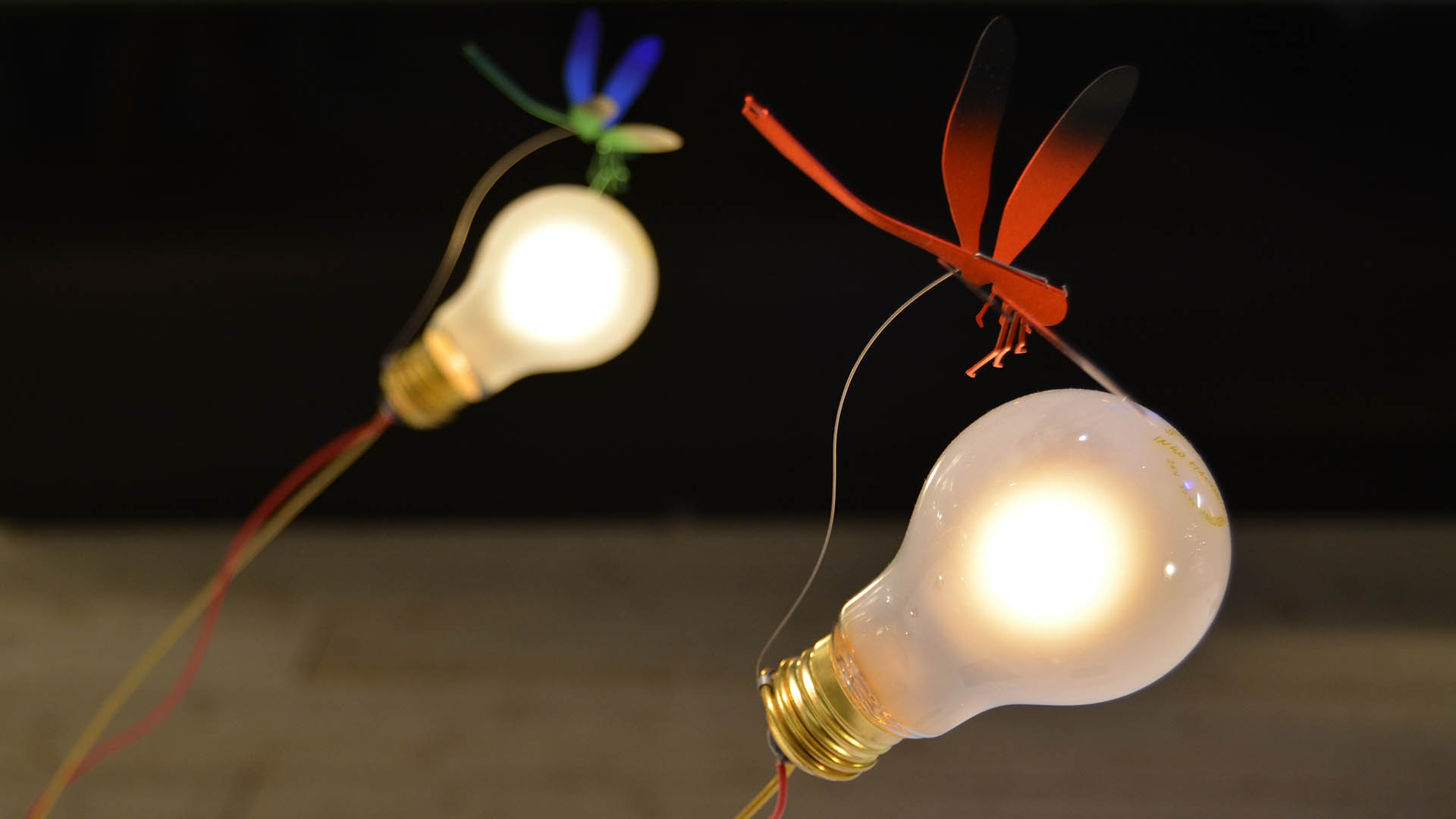Decorative take on Frankfurt fair
We all know Frankfurt Light + Building fair is a bi-annual display of countless technological innovations in the lighting industry, but what happens when we’ve come across a few too many downlights and a couple more metres of track than we can take in? We turn around to check out funky decorative lights to clear our minds and make space to see some more fascinating spots with beams narrower than ever before.
This year we could see an even more noticeable shift in the decorative luminaire design towards embracing LED light sources for what they are, rather than trying to make them impersonate the shape and size of filament lamps that we so dearly love and miss. This means that pendants, wall, table and floor lamps can now have a wider range of shapes and sizes, with light coming from various positions, while offering more useful light at the same time.

A new range of pendants by VIBIA, called Flamingo, is an interesting example consisting of layered diffusive material combined with a simple up/down light. Shades are available in various sizes and positions, and therefore are able to reflect the light differently, creating elegant floating sculptures, while the lowest light source focuses functional illumination below.

Artemide showcased a lot of puzzling RGB lighting, as well as a neat little pendant Orsa, which can be arranged in groups to achieve a clean minimalistic installation. The metal stem emerging from a simple conical body is acting as a heat sink, while the frosted glass cover hides the source itself and diffuses the light.

Similar ideas were already embodied in Davide Groppi’s Cathode and Ingo Maurer’s Luminophor fittings, with slightly different executions and visual appearance appropriated to the brand identity. While Luminophor transparently displays how blue light is magically converted into white (a handy tool for any lighting course), Cathode and Orsa are more compact and architectural.

Meanwhile in the world of classics, Louis Poulsen adapted their Artichoke luminaire to use an integral LED module with a heat sink completely integrated to preserve the traditional design. Direct view to the light source remains impossible to achieve, which is admirable, however, energy efficiency and colour rendering are still left to be improved.
Finally, many manufacturers worked on further developing fittings which can be combined into clusters, groups, patterns. Glowing droplets, spheres, sticks and tubes have never been easier to combine into a feature chandelier. Regardless of their mounting methods, these tend to be most eye-catching as their quantity is overwhelming. If I was to describe them all, I’m afraid you may run back to those tunable white fittings you wished to have a rest from just a minute ago!

Blog post by Bojana Nikolic


